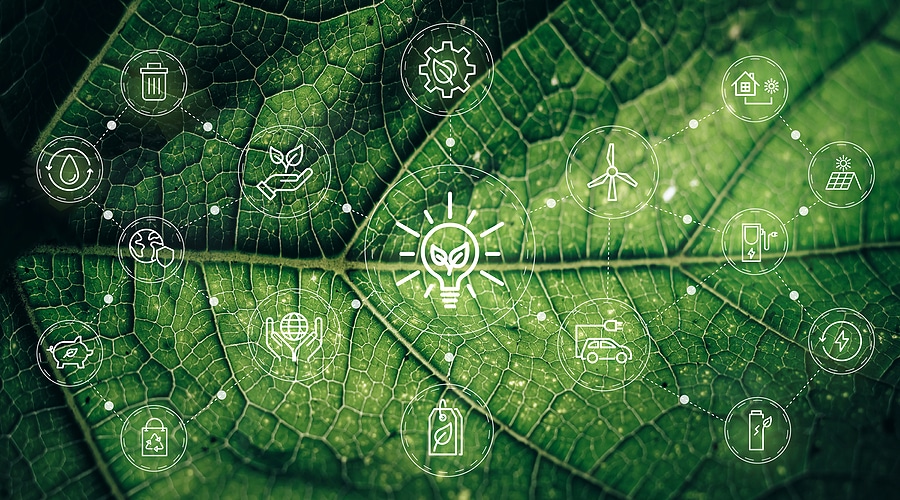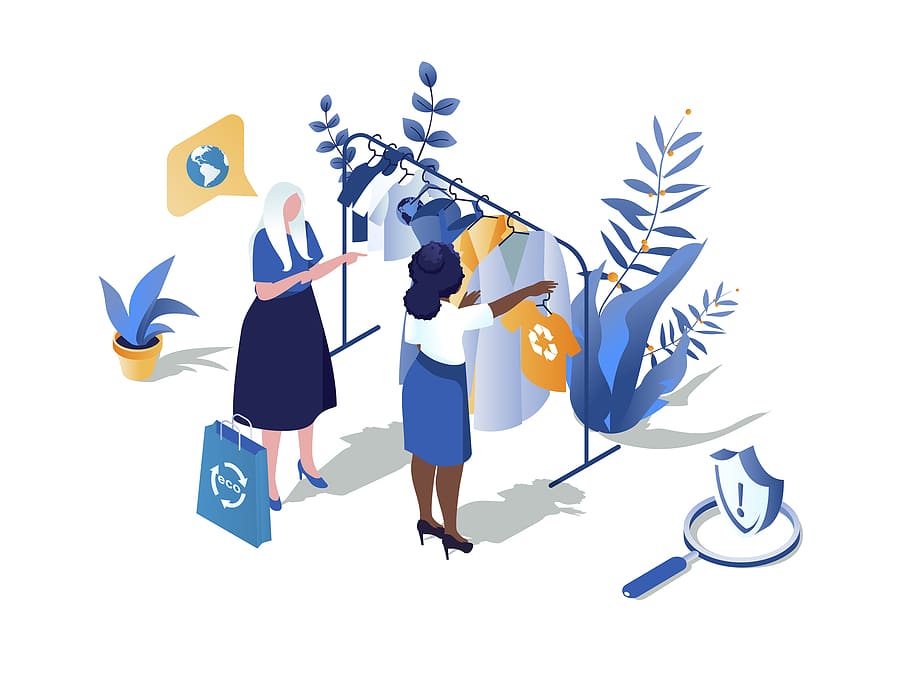What is Sustainable Web Design: Building a Greener Internet for a Better Tomorrow

In an era where the digital landscape is expanding at an unprecedented rate, the environmental impact of our online activities cannot be overlooked. The internet, while providing immense opportunities for communication, learning, and business, unfortunately also contributes significantly to carbon emissions and electronic waste.
This begs the question, “What is sustainable web design?” Well, in this blog, you will learn about how it actually emerges as a vital solution, aiming to minimize the environmental footprint of website development and promote a greener internet ecosystem.
Understanding the Environmental Challenge
The internet, despite its virtual nature, has a substantial physical presence as there are a large number of data centers that host websites and digital services and require massive amounts of energy to function. Additionally, the production and disposal of electronic devices used for internet access contribute to electronic waste; these factors, combined with the energy-intensive processes involved in data transmission, actually make the digital realm a significant contributor to climate change.
The Principles of Sustainable Web Design
1. Efficient Coding and Optimization
Sustainable web design starts with efficient coding. Bloated code, excessive scripts, and unoptimized images can slow down websites and increase their energy consumption. By employing streamlined and efficient coding practices, web developers can create faster-loading websites that require fewer server resources, thus reducing energy usage.
2. Renewable Energy Hosting
One of the most impactful steps toward sustainable web design is hosting websites on servers powered by renewable energy sources such as solar, wind, or hydroelectric power is why many web hosting providers now offer eco-friendly hosting options, allowing website owners to reduce their carbon footprint significantly.
3. Minimalistic Design and User Experience
A minimalist approach to web design not only enhances the user experience but also reduces the website’s environmental impact. Simple, clean designs with intuitive navigation require fewer graphical elements and scripts, leading to faster loading times and reduced energy consumption- this is why streamlining the user experience also ensures that visitors can access information quickly, reducing the time spent online and, consequently, energy consumption.
4. Content Delivery Networks (CDNs)
Content Delivery Networks distribute website content across multiple servers worldwide- ensuring faster and more efficient content delivery to users. By reducing the physical distance between users and servers, CDNs minimize data transmission times and lower the energy needed for information to travel across the internet infrastructure.
5. Responsive Web Design
With the proliferation of smartphones and other mobile devices, ensuring that websites are responsive and adaptable to various screen sizes is crucial. Responsive design eliminates the need for separate mobile websites, reducing development and maintenance efforts and it is important for us to note that mobile-friendly websites use fewer resources, making them more sustainable in the long run.
The Benefits of Sustainable Web Design
1. Reduced Carbon Emissions
By optimizing energy usage and utilizing renewable energy sources, sustainable web design reduces the carbon emissions associated with hosting and accessing websites- thereby helping in the reduction in greenhouse gas emissions is a crucial step toward mitigating climate change.
2. Lower Operational Costs
Websites hosted on energy-efficient servers often have lower operational costs so by consuming less energy, website owners can enjoy cost savings while contributing to a more sustainable future.
3. Enhanced User Experience
Sustainable web design emphasizes user experience by promoting faster loading times, smoother navigation, and responsive layouts. Websites that load quickly and provide intuitive interfaces lead to higher user satisfaction and increased engagement.
4. Positive Brand Image
Consumers are becoming increasingly conscious of environmental issues. Embracing sustainable web design not only helps businesses and organizations reduce their ecological footprint but also enhances their reputation. Companies demonstrating a commitment to sustainability often appeal to eco-conscious consumers, building trust and loyalty.
The Role of Businesses and Individuals

Businesses and individuals alike play a vital role in promoting sustainable web design and companies can invest in eco-friendly hosting solutions, encourage their web developers to follow sustainable practices, and raise awareness about the importance of green internet initiatives. Individuals can support businesses that prioritize sustainability, educate themselves about eco-friendly web practices, and advocate for a greener internet in their communities.
Looking Ahead: A Greener Digital Future
Sustainable web design is not just a trend; it’s a necessity in our increasingly digital world. As technology continues to advance, the demand for online services and digital content will only grow- this is why embracing sustainable practices is crucial to ensuring that the internet’s expansion does not come at the cost of our environment.
By prioritizing efficient coding, renewable energy hosting, minimalist design, and user experience, we can create a greener, more sustainable internet. Businesses, web developers, and users must collaborate to promote eco-friendly web practices and pave the way for a digital future- one that is both innovative and environmentally responsible.
In conclusion, sustainable web design is not just about creating visually appealing and functional websites; it is also about building a digital ecosystem that values energy efficiency, environmental responsibility, and ultimately enhances the user experience of your end consumer!
By adopting these principles and working together we can shape a greener internet that benefits not only the present generation but also the generations to come. Let us embrace sustainable web design and embark on a journey toward a more sustainable and eco-conscious digital future. You can do so by learning about the web development services we have to offer at Internet Marketing Geeks– where we are your go-to for sustainable practices, regardless of your niche or specialized business!





